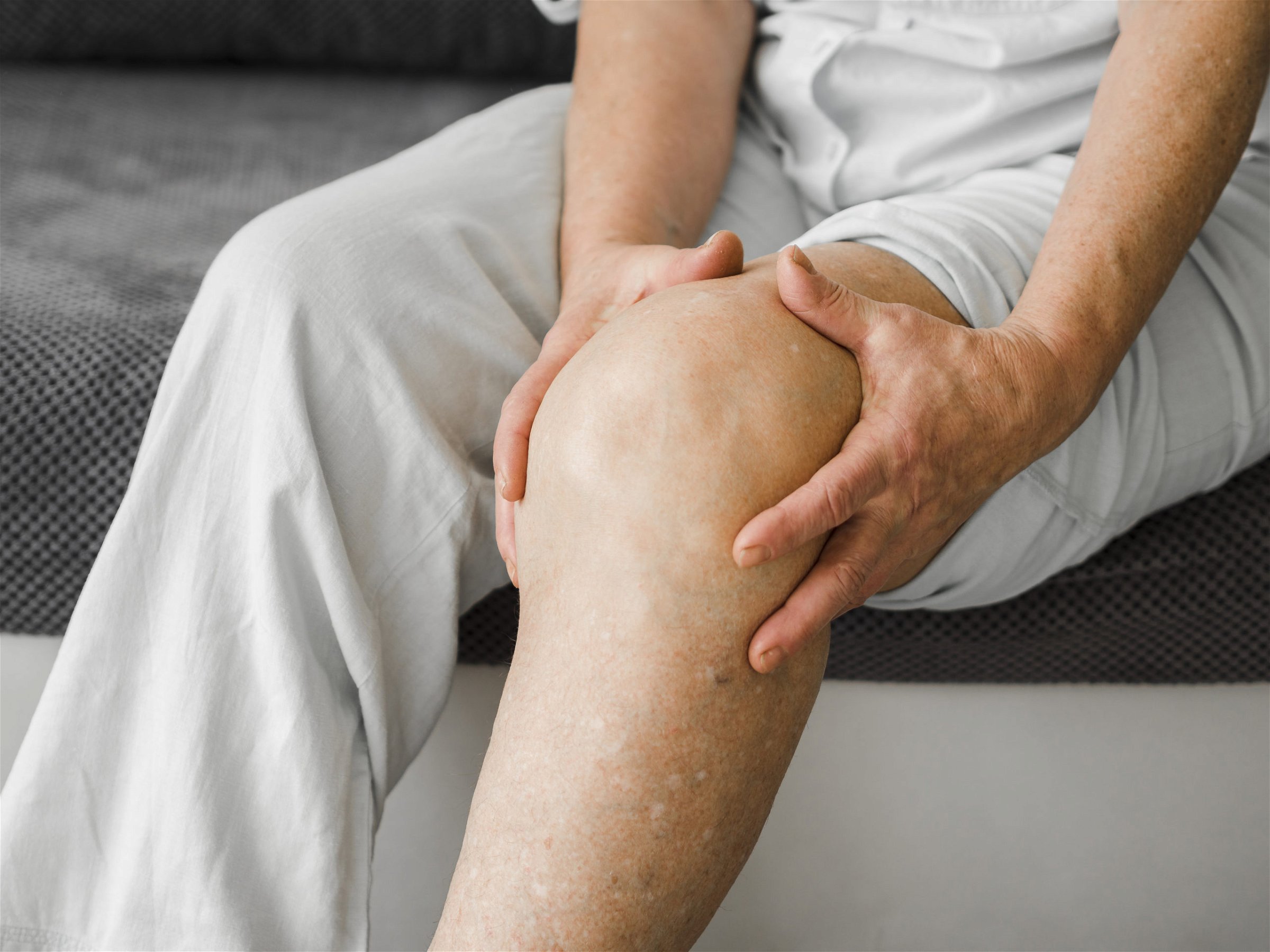Conditions
Osteoarthritis
Osteoarthritis is a common degenerative joint disease that primarily affects the cartilage, which is the cushioning tissue that covers the ends of bones in a joint. It can occur in any joint in the body but most commonly affects the knees, hips, hands, and spine. Osteoarthritis is also known as “wear and tear” arthritis because it often develops as a result of the gradual breakdown and loss of cartilage over time.

Key points about osteoarthritis include:
Causes:
While the exact cause of osteoarthritis is not fully understood, it is believed to be influenced by a combination of factors, including age, genetics, joint overuse or injury, obesity, and joint misalignment. These factors can lead to cartilage damage and inflammation.
Symptoms:
Common symptoms of osteoarthritis include joint pain, stiffness, and reduced range of motion. These symptoms are typically worse after periods of inactivity or excessive use of the affected joint.
Diagnosis:
Osteoarthritis is often diagnosed through a combination of medical history, physical examination, and imaging studies such as X-rays or MRI scans. These tests can help assess the severity of joint damage.
Treatment:
Treatment for osteoarthritis aims to alleviate symptoms, improve joint function, and slow down the progression of the disease.
Common treatment options include:
>Lifestyle modifications: This includes weight management, regular exercise, and joint protection techniques.
>Medications: Nonsteroidal anti-inflammatory drugs (NSAIDs), analgesics, and corticosteroid injections can help manage pain and inflammation.
>Physical therapy: Physical therapists can design exercise programs to strengthen the muscles around the affected joint and improve joint mobility.
>Surgery: In severe cases, surgical interventions such as joint replacement surgery may be necessary to replace the damaged joint with an artificial one.
Prevention:
While osteoarthritis is not always preventable, there are steps you can take to reduce your risk or slow its progression. Maintaining a healthy weight, avoiding excessive joint strain, and staying physically active can help.
Management:
Osteoarthritis is typically a chronic condition, so long-term management is often necessary. This may involve a combination of treatments, lifestyle changes, and periodic medical evaluations.
It’s important to note that osteoarthritis is different from other forms of arthritis, such as rheumatoid arthritis, which is an autoimmune condition. If you suspect you have osteoarthritis or are experiencing joint pain, it’s advisable to consult a healthcare professional for an accurate diagnosis and appropriate treatment recommendations.

